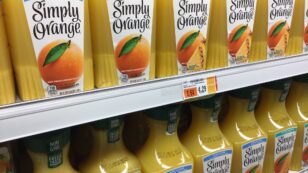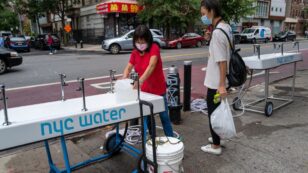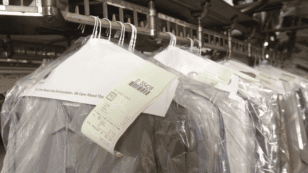
Studies Find Louisiana Government Helped Create Cancer Alley
Two studies by researchers from the Tulane Environmental Law Clinic have confirmed that “Cancer Alley,” a 184-mile region in Louisiana along the Mississippi River with a high number of petrochemical plants as well as high cancer rates for residents, is not only real, but that government officials helped create it.

 233k
233k  41k
41k  Subscribe
Subscribe 











